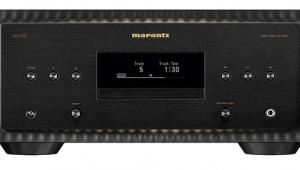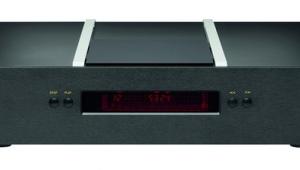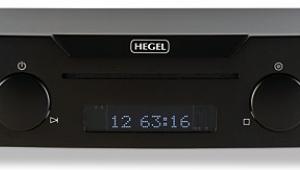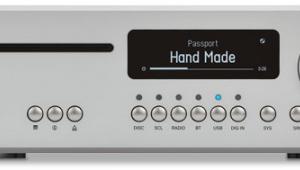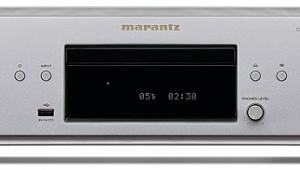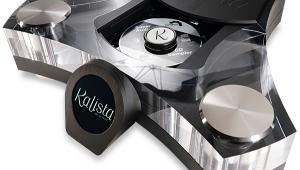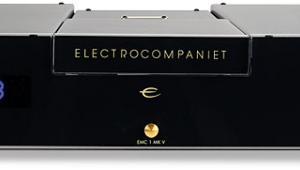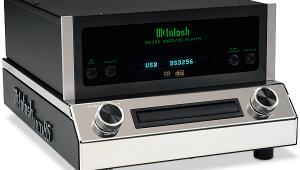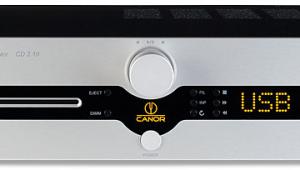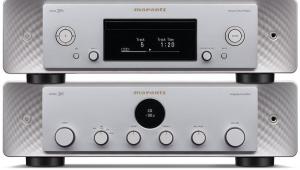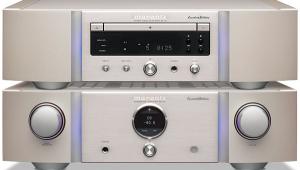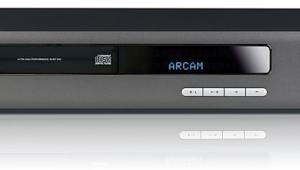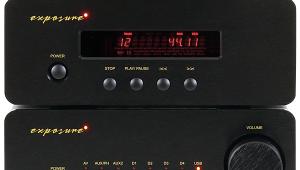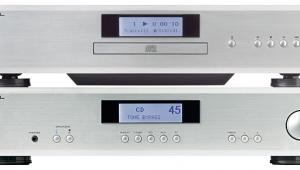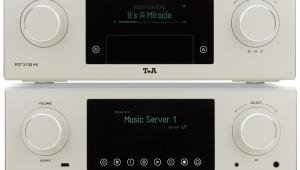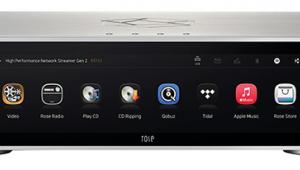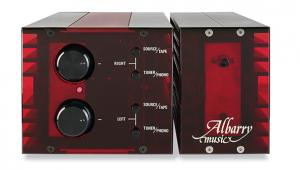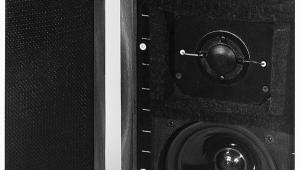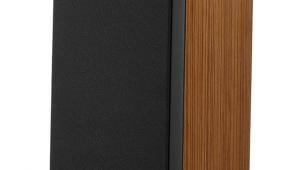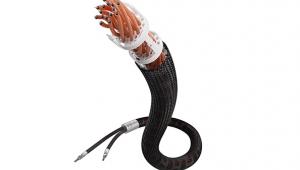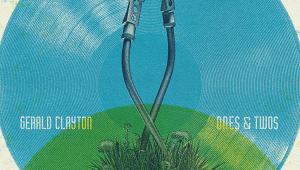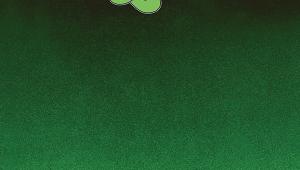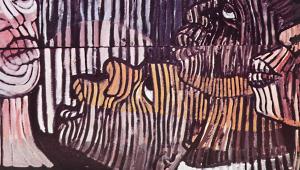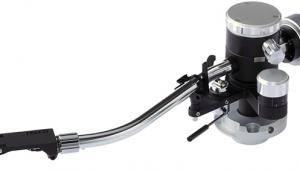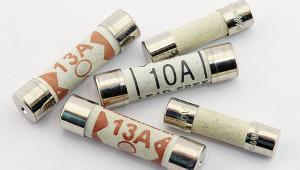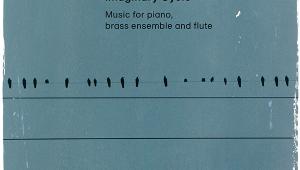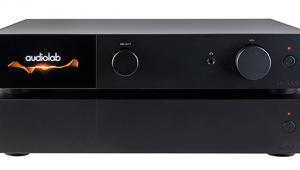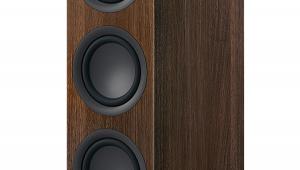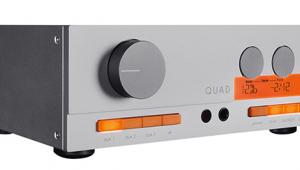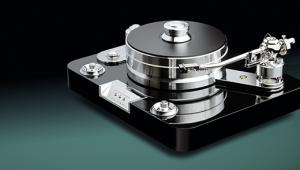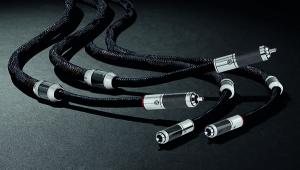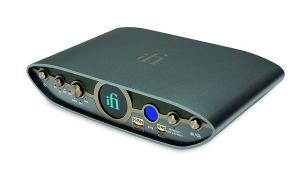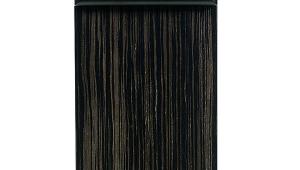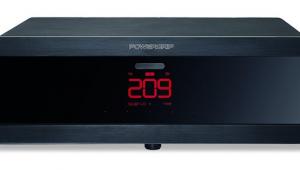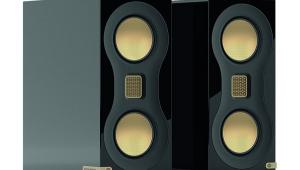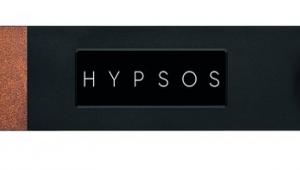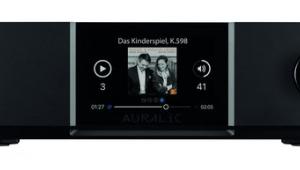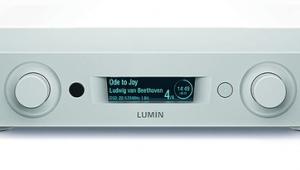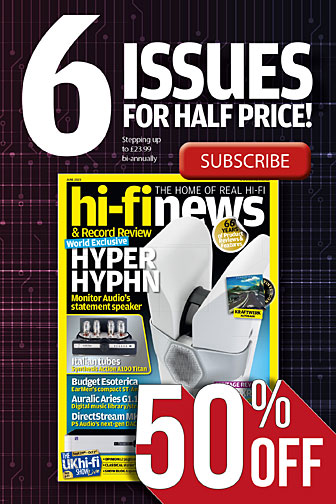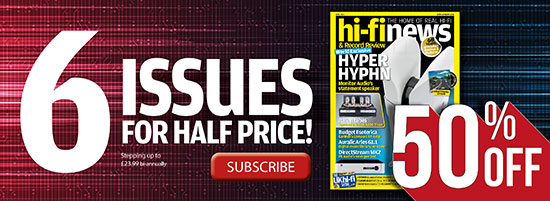Rotel Michi Q5 CD player/DAC
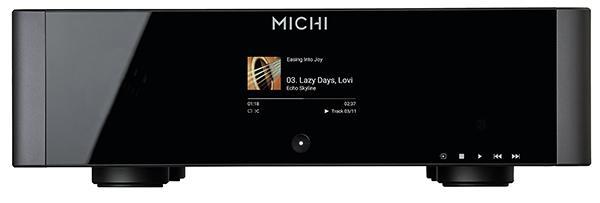
 Styled to match its amplifier siblings, the latest member of Rotel’s flagship Michi family combines a custom-made top-loading CD transport with USB input and DAC stage
Styled to match its amplifier siblings, the latest member of Rotel’s flagship Michi family combines a custom-made top-loading CD transport with USB input and DAC stage
Rotel has crowned its new Michi Q5 a 'Transport DAC', which strikes us as a somewhat vague description of what is, first and foremost, a CD player. Yes, it has digital inputs to make wider use of its onboard DAC, plus digital outputs, but just one glance at the Q5's distinctive top-loading drive mechanism – plus the fact it resides under the 'CD player' tab on Rotel's website – tells you this is a unit primarily aimed at silver disc lovers.
Priced £5499, and therefore right in line with other Michi models including the P5 S2 preamp [HFN May '24] and X3 S2 [HFN Jan '24] and X5 S2 integrated amplifiers, the Q5 is, we're told, the 47th CD player to come out of Rotel, a run that started with the RCD-850 in 1985. And while it's the only CD player in the Michi family, Rotel's wider catalogue currently includes four other disc players, including the Diamond Series DT-6000 [HFN Aug '22]. The Japanese marque also says it is committed to the format in the future, noting CD's 'ongoing robust global demand'.
Classy chassis
As the newest member of the Michi family, the Q5 gets the full-width chassis design and high-quality fit and finish of its siblings. It's also fairly weighty at 23.5kg, much of that coming from a pair of custom toroidal PSU transformers and substantial black alloy 'Michi' casework with side-mounted heatsinks carried over from the Michi amps.
A flush, glass front panel carries a full-colour TFT display that hosts album artwork and track info. For CD playback it means a network link is required to dig up the imagery from an online database, so the Q5 has a wired Ethernet connection (but no Wi-Fi). This isn't allied to any onboard streaming module, though, just as the integrated amps and DAC/preamp of the Michi series are non-networked designs. The reason for this, says Rotel, is that 'streaming technology evolves rapidly, so it's highly likely that the Q5 will outlast any specific streaming module'.
The manufacturer also teases that a dedicated Michi streamer is on the horizon. Until then, though, third-party digital sources can connect to the Q5 via its USB-B, coaxial and optical inputs, the first of those handling music files up to 384kHz/32-bit PCM and quad DSD. Digital signals feed into a DAC stage based on the one developed for the P5 S2 preamplifier albeit with a 'sound tuning' of its own [see PM's Lab Report]. This is still a balanced analogue stage, however, feeding XLR as well as single-ended RCA outputs.
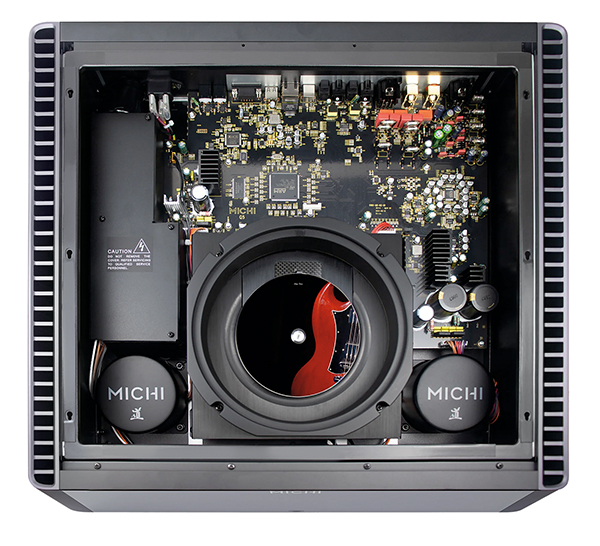
Above: Dual screened transformers [bottom left and right] feed separate PSUs for the XMOS USB input [top left], ARM processor-based DSP [centre], CD transport [bottom] and ESS DAC-based analogue output stage [top right]
Digital outputs are included too, but the Q5's ability to operate as an outboard DAC means there's some blurring of the boundaries between it and the other Michi components it's destined to be partnered with. For this model, Rotel uses a single DAC chip, whereas the P5 S2 preamp runs a pair of ES9028PROs in a dual-mono configuration – the manufacturer says owners of both preamp and player should experiment to find a preference. Those using its X3 and X5 amplifiers are advised to connect digital sources to the Q5.
Glow and behold
Back to the main event, and for this new player Rotel has engineered a top-loading disc mechanism [see PM's Lab Report] that it believes gives the act of playing a CD (SACD isn't on the menu here) some vinyl-esque 'tactile enjoyment'. That's as maybe, but I was far more enamoured of the white LED ring around the perimeter of the CD mechanism interior that lights up when you lift the Q5's CD cover. This can be turned off by disabling 'Top LED Mode' in the menus, but who'd want to do that?
Other menu options, accessed and navigated via buttons on the Q5's remote control [see p49] include source/input renaming; network troubleshooting; firmware status; switching between two 'PC-USB Decoding' modes (one extending PCM handling from 24-bit to 32-bit at the expense of DSD and MQA compatibility); and adjusting the brightness and timeout of the main front display.
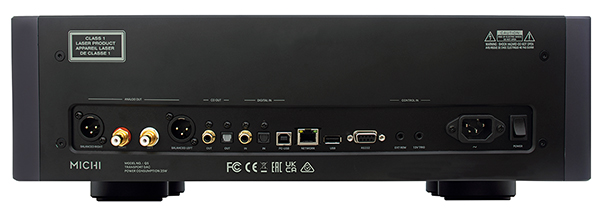
Above: Balanced XLR and unbalanced RCA outputs are joined by optical and coaxial outs (CD transport), optical and coaxial (192kHz/24-bit) and USB-B (384kHz/32-bit, DSD256) inputs, Ethernet (artwork, firmware), USB (firmware), and control/RS232 ins
As said, the overall look and feel of the Q5 is luxurious, but in use there are a few 'niggles'. Firstly, what appear to be a row of touch-sensitive controls on the player's front panel are actually indicators. The buttons are physical, and are mounted on the underside of the chassis, so make sure there's sufficient space for fingers if placing the player on a rack. Additionally, while these controls include a Stop button, there's no obvious Stop button on the remote itself. Instead, you need to hold down the play/pause key for four seconds.
This is worth noting because the Q5's CD cover isn't 'locked' when a disc is spinning, and if you open it during playback (or with playback merely 'paused') there's a chance it might lift off the motor spindle. Also note that the tolerances of Rotel's top-loading mechanism and lid mean aftermarket disc stabilisers cannot be used.
The fun light show that accompanies the loading of a CD into the mechanism wouldn't count for much if the Q5 fell at the first performance hurdle. So would it, like all good silver disc players, serve as a reminder of how fine the format can sound?
![]() Vocal virtuoso
Vocal virtuoso
The Q5 slotted comfortably into the HFN reference system [see p39], bringing with it a transparent, focused and detailed playback that suited all musical genres. Particularly impressive was the player's handling of vocals and their soundstage presentation, which ensured everything I played through it felt like a 'performance'.
There are no filters to experiment with here, as Rotel runs the ESS DAC in bypass mode with a home-grown digital upsampling algorithm [see PM's Lab Report]. With that decision taken care of, you just sit and listen, which proved ideal for Julia Fordham's 'Swept', from the album of the same name [Circa 262 249]. Given this finely recorded ballad, the Q5 built a superb picture of the singer, forward of the shimmering instrumentation spread wide and deep behind her.
There's minimal percussion on this track, just faint hi-hats and bells, and these had a gossamer feel, in contrast to the robust synths and piano. The delivery of Christy Moore's 'Reel In The Flickering Light' [Ordinary Man; Demon Records, Fiend CD82] was similar, the singer spotlit against a fluid backing, encouraging you to focus on the humour-tinged lyrics.
Tight 'n' tasty
The Q5 seemed very content with material such as this, where smoothness and richness are key concerns, but neither did it falter with the lean, rocking sounds of AC/DC's Ballbreaker [Epic/Albert Productions 5173842]. Produced by Rick Rubin with an eye on returning the Aussie band to the rawer sound of their earlier albums, this set strips back the excess to focus on Malcolm and Angus Young's guitar playing. The Q5 rendered the tight riffs of 'Whiskey On The Rocks' with crispness, bite and detail. During the chanted chorus of 'Hail Caesar!' the individual strands of the backing vocals were easy to hear, not just lost in a mass.
This ability to unearth the finer points of a mix remained when pairing the Q5 with an Aurender W20SE music server [HFN Mar '23] over USB. Rotel's D/A stage revealed the warm but sparkling production of Billy Joel's Piano Man set [Mobile Fidelity Sound Lab; 88kHz/24-bit] and lifted Peter Gabriel's vocals on 'Secret World' [Us; Real World Records, 96kHz/24-bit download] clear from the murky, synth-heavy backing. But it remains to be seen how many owners of Michi's P5 S2 preamp would bypass that unit's dual DAC stage, and volume control, for the Q5's own analogue output.
Wing of fire
And, really, this new Michi model performs admirably enough as a CD player to justify its existence, sans digital inputs. Set to work with the CD layer of Stevie Ray Vaughan's The Sky Is Crying on SACD [Mobile Fidelity Sound Lab UDSACD 2078], a cover of Jimi Hendrix's 'Little Wing' was brilliantly staged, the Q5 delivering a good sensation of the space between the players and conveying the artist's shifts in guitar tone and style.
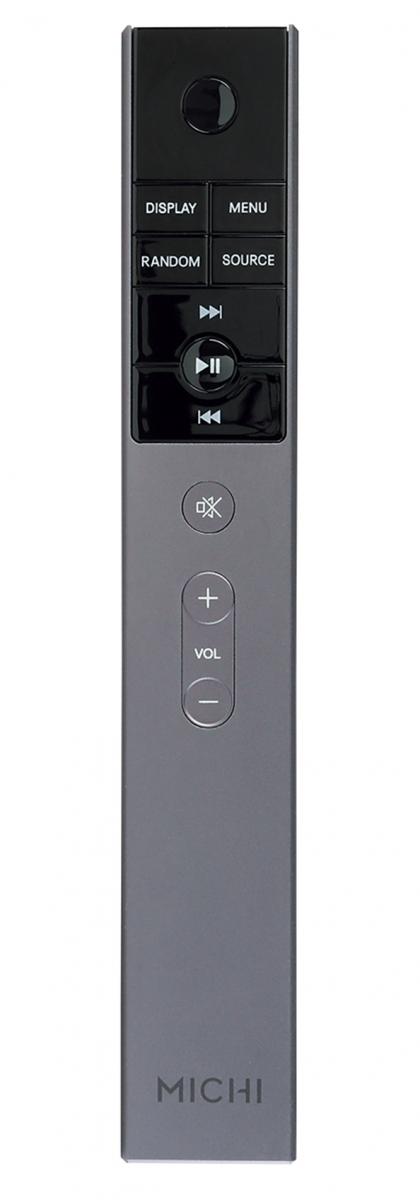
Above: RR-RH9 remote has track skip, play/pause and ‘random’ buttons, plus source select, display dimming and menu access. Mute and volume are for connected Michi amps
Next up, Vaughan's take on Lonnie Mack's classic 'Wham!' was notable for the punch and drive of bass and drums, even if the deliberately 'fuzzy' nature of the production on this track did the Q5 no favours.
There were occasions where I wanted a bit more upper-band detail from this Michi player, such as during Rickie Lee Jones' 'Night Train' from her eponymous debut [Warner Bros. Records, 256 628], where some wooden percussion hits seemed a tad perfunctory. Yet the same album's 'Chuck E.'s In Love', which came with twang and snap to the guitar, rich vocals and a big, weighty drum sound, proved to be excellent compensation.
No-fuss focus
Most of the time the Michi Q5 just drew me into the music with its confident, no-fuss sound, an example being its handling of Debussy's 12 Etudes, played by Mitsuko Uchida and recorded in 1989 by Grammy-winning producer Wilhelm Hellweg for the Philips Classics label [422 412-2]. 'No.1 (Pour Les Cinq Doigts)' kicks off a series of pieces of virtuoso playing – the equivalent of a prog rock guitar solo, circa 1915 – and is a flurry of notes, weights and resonances. The Q5 delivered it with all its flourishes and dynamic contrasts intact, and when Uchida's key presses became faint, it was easy to imagine the lone piano in the recording space.
Hi-Fi News Verdict
A welcome addition to Rotel’s top-tier Michi strand, the Q5 will quicken the pulse of CD collectors with its fine style and build quality, plus a performance that extracts plenty from the legacy digital format. There are some usability quirks to report, and the omission of SACD playback might annoy, but digital inputs and outputs bring system-building flexibility. We love the disc transport light show, too…
Sound Quality: 88%
